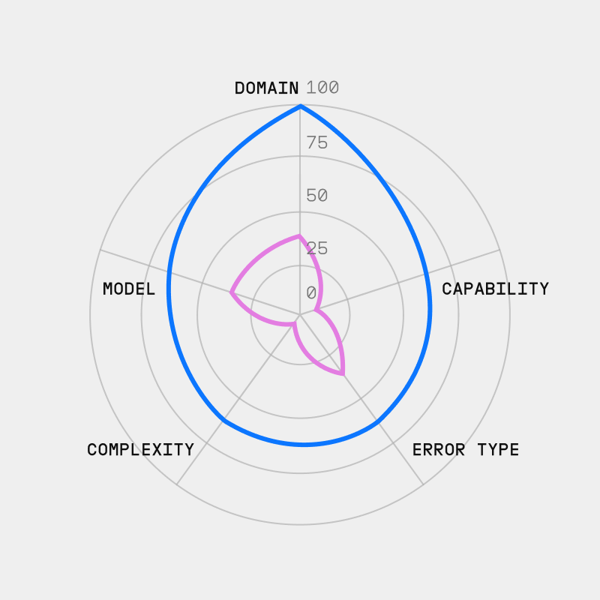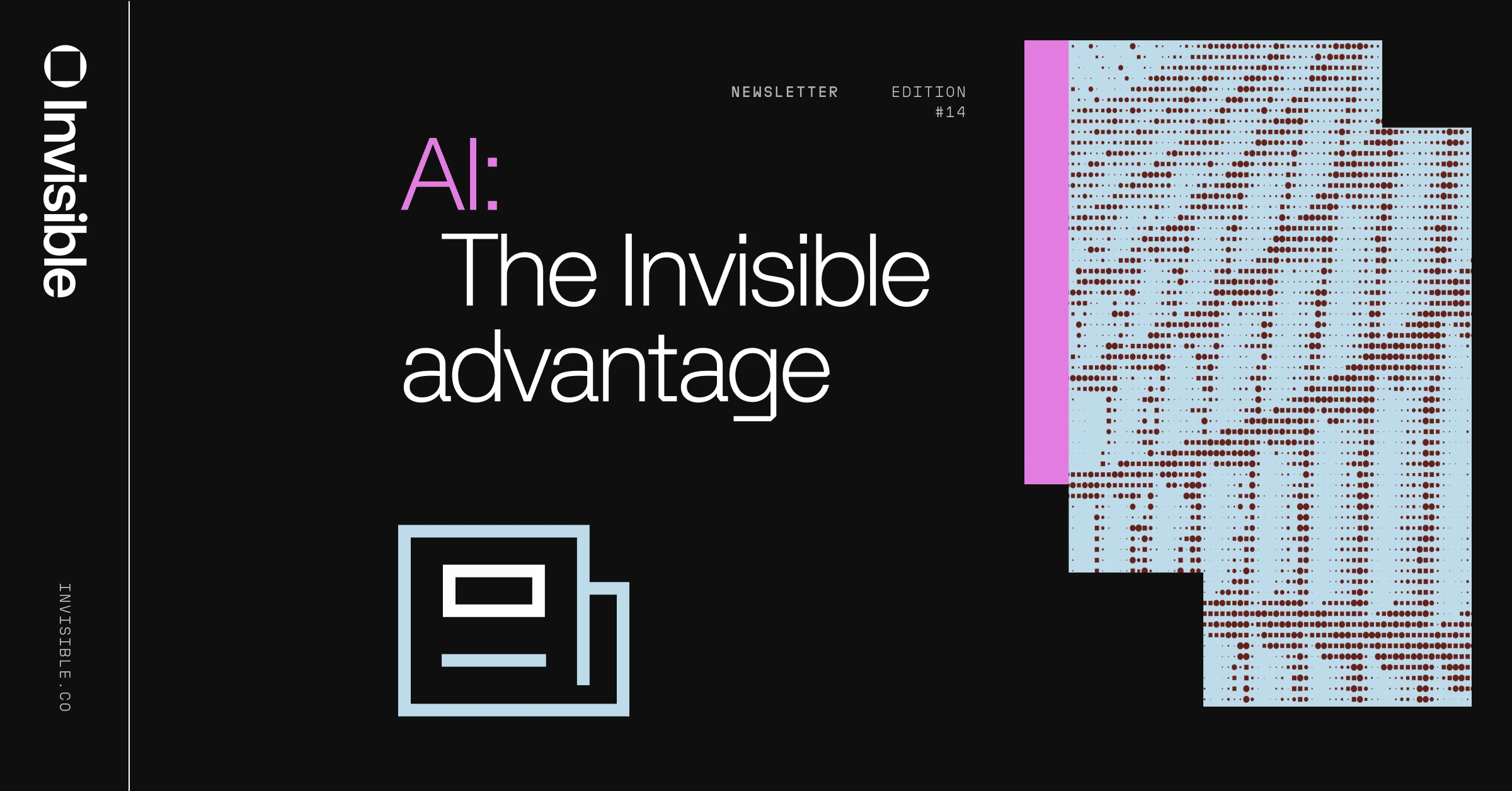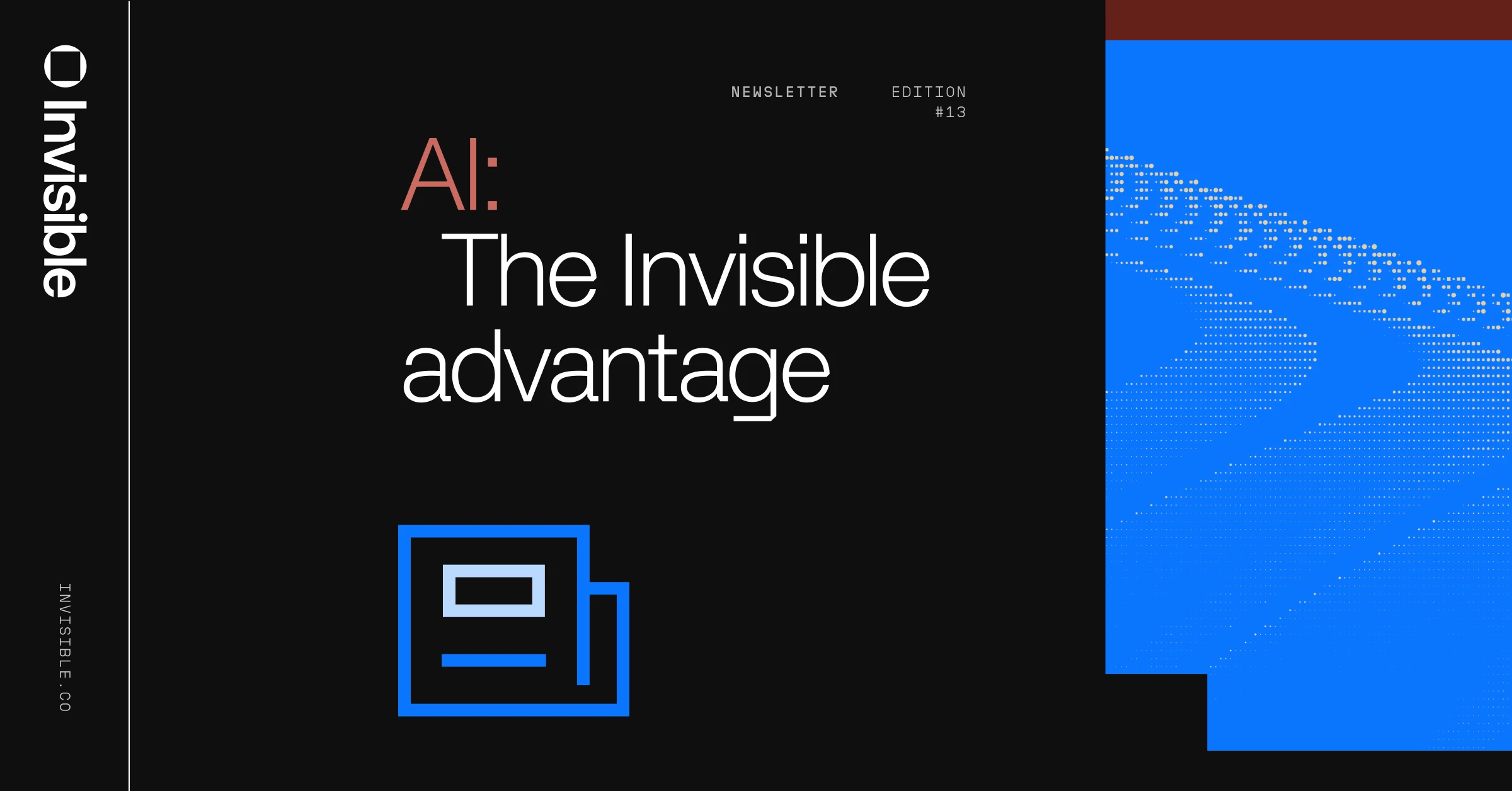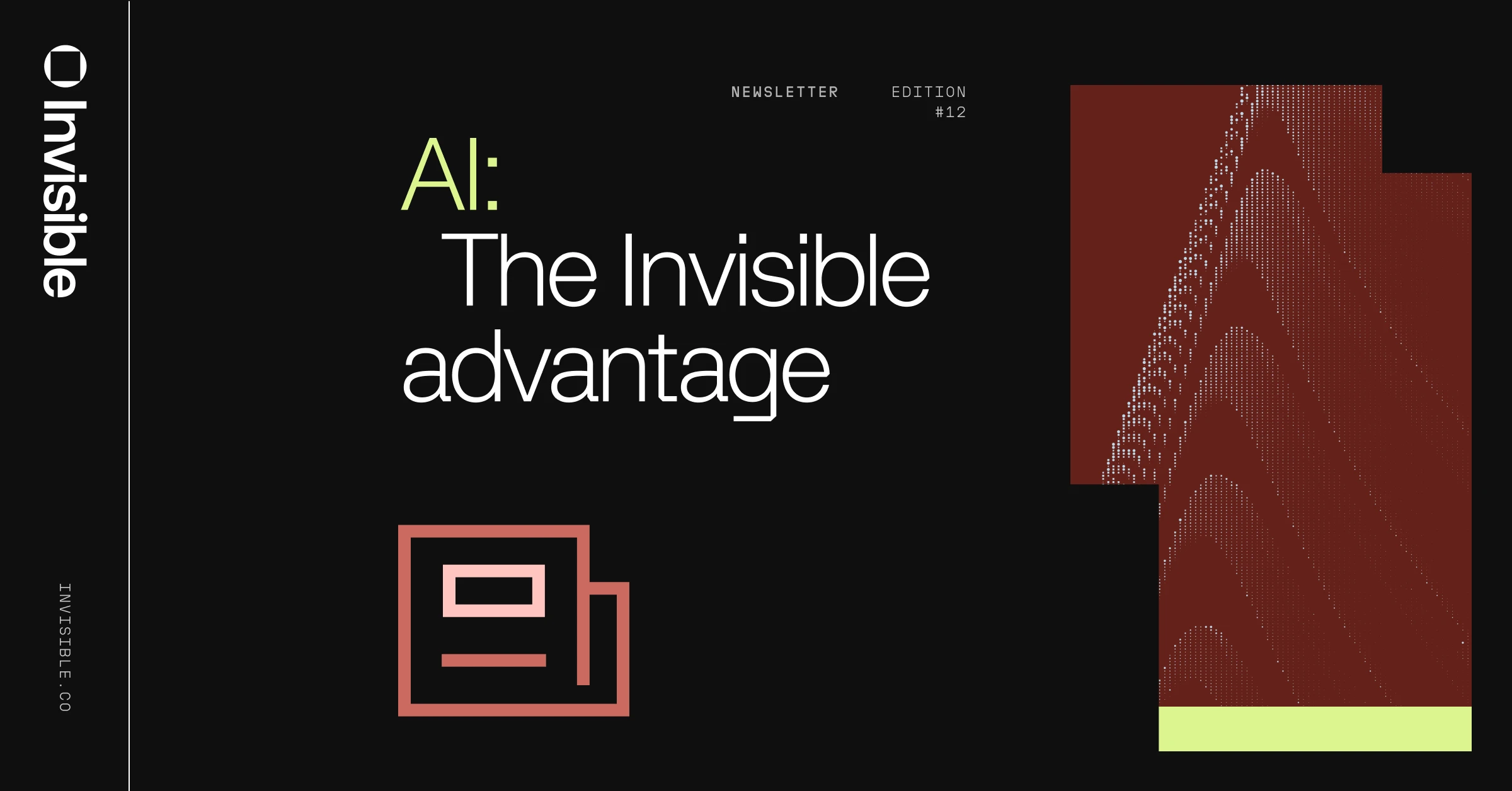Unstructured data? Even the trees can be decoded.
.png)
Inside Invisible
🔍 Unlocking ROI with Smarter AI Evaluations

In the rush to adopt AI, enterprises have skipped the step that separates pilots from production: evaluation. The industry’s current metrics tell us how well models perform on academic tests, not how they behave with your data, customers, or compliance rules. Part one of our report lays the foundation—what evaluations are, why public benchmarks mislead, and what challenges enterprises face when trying to make AI perform in the real world.
DOWN TO BUSINESS
💸 The trillion-dollar AI infrastructure race
A new infrastructure deal from OpenAI has spotlighted the unprecedented scale of AI spending among tech giants. Companies are projected to pour over $1 trillion into AI infrastructure by the end of the decade.
⚖️ 5 AI tensions shaping the future of the enterprise
A new Forbes survey of more than 1,000 C-suite executives reveals they are balancing five core tensions when it comes to embedding AI: capturing operational ROI now versus financial ROI later; the trade-off between C-suite involvement and implementation; a disconnect between driving innovation and controlling its costs; retraining talent as opposed to replacing it; and the cybersecurity trade-off.
🏗️ IBM, Oracle and Nvidia race to scale enterprise AI
IBM, Oracle, and Nvidia all announced major moves this week to advance AI products from pilot projects to core enterprise infrastructure. IBM is partnering with Anthropic to bring Claude models into its development environment, so enterprises can develop AI systems within secure, regulated infrastructures. Oracle and EPAM are teaming up to help companies modernize legacy systems and layer in AI capabilities, while Nvidia and Fujitsu are co-developing new infrastructure to power advanced workloads in industries like healthcare and manufacturing.
🧭 Survey links responsible AI governance to stronger business results
A survey of C-suite leaders across 21 countries indicates that companies with advanced responsible AI measures, such as real-time monitoring and oversight committees, report significantly better outcomes, including higher revenue growth, cost savings, and employee satisfaction.
🏦 JPMorgan’s $2B AI investment already delivering savings
JPMorgan CEO Jamie Dimon said the bank’s $2 billion annual investment in AI has already generated equivalent cost savings, calling it “the tip of the iceberg.” Speaking to Bloomberg TV, Dimon highlighted that AI is now embedded across nearly every part of the bank from risk and fraud detection to marketing and customer service. JPMorgan’s in-house large language model is used by about 150,000 employees weekly.
HOT MODELS
🧠 Benchmark: AI matches human experts on 50% of tasks
OpenAI has released a new benchmark that measures how well AI models handle real professional work, not just test questions. The results show that leading models can now match or beat human experts on nearly 50% of tasks. The strongest results were in areas like government, retail, sales, and software, where models outperformed humans on many day-to-day tasks.
🛍️ OpenAI brings instant shopping to ChatGPT
OpenAI has introduced Instant Checkout, a new feature that lets U.S. users make purchases directly within ChatGPT. Developed in partnership with Stripe, the rollout begins with Etsy sellers and will soon expand to over a million Shopify merchants. OpenAI will also enable any retailer to build shopping integrations with ChatGPT.
🤝 Anthropic’s new model excels at coding and multi-hour execution
Claude Sonnet 4.5, Anthropic’s latest AI model, can run autonomously for 30 hours — a sharp jump from Opus 4’s seven-hour limit and a sign of how quickly agentic performance is scaling. It’s also more skilled at navigating a browser.
🧭 Google’s new AI model can browse the web like a human
Google has unveiled Gemini 2.5 Computer Use, an AI model that can navigate and interact with web browsers. The model uses “visual understanding and reasoning capabilities” to analyze a user’s request and carry out a task, such as filling out and submitting a form. It can be used for UI testing or navigating interfaces made for people who don’t have an API or other direct connection available.
PLOT TWIST
🧾 Job seekers try to outsmart AI résumé screeners
As more companies use AI to filter job applications, candidates are fighting back with hidden prompts embedded in their résumés, often written in white text so only the AI sees them. These tricks instruct chatbots to rank applicants highly or praise them automatically. Greenhouse estimates 1% of the 300 million résumés it processed this year contained such tactics, while ManpowerGroup detects hidden text in about 10% of scans.
📑 Deloitte refunds Australian government after AI-generated report errors
Deloitte has agreed to partially refund Australia’s Department of Employment and Workplace Relations after errors were found in a report produced with the help of AI. The AU$440,000 assurance review of the Targeted Compliance Framework included references to people who didn’t exist and a fabricated court quote. An updated version removed over a dozen false citations and corrected errors.
🤖 MIT CSAIL uses generative AI to build realistic robot training environments
MIT CSAIL and Toyota Research Institute researchers have developed a “steerable scene generation” tool that uses generative AI to create lifelike virtual kitchens, living rooms, and restaurants for training robots. Trained on over 44 million 3D rooms, the system arranges real-world objects into physically accurate scenes, allowing robots to interact with diverse environments at scale.
🌳 Trees speak up in AI-powered experiment
In London, Dublin, and Austin, a creative project is letting people have real-time conversations with trees. Developed by Droga5 for the “Agency for Nature” popup, the experiment uses biosensors to collect data like wind, temperature, and soil moisture. The bioelectrical signals from each tree were transformed into speech through an AI large language model.
♻️ Subscribe on LinkedIn and share it with your network!





